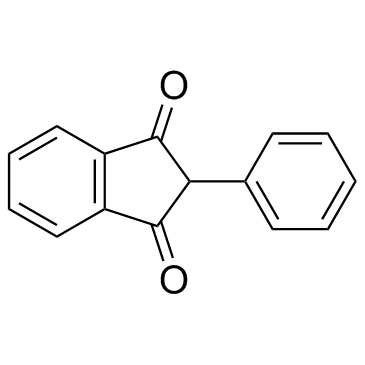| Structure | Name/CAS No. | Articles |
|---|---|---|
 |
diphacinone
CAS:82-66-6 |
|
 |
Phenindione
CAS:83-12-5 |